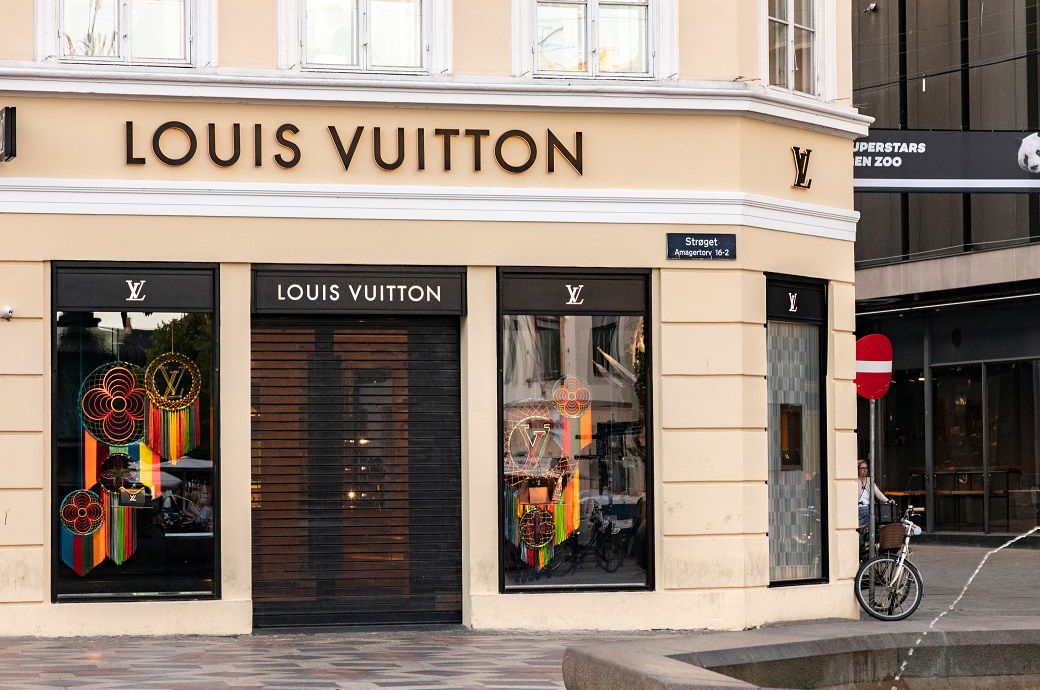
[ad_1]

A new component of the partnership will be dedicated to measuring and evaluating the activities carried out, to study how the programmes conserve biodiversity and benefit local communities, particularly in the Amazon basin, according to a press release by LVMH.
At the ongoing 15th edition of the Conference of the Parties (COP 15) in Canada, LVMH has announced several initiatives in line with the group’s commitments to biodiversity. LVMH is strengthening its cooperation with UNESCO on projects aimed at minimising the consequences of climate change on biological diversity and improving ecosystems’ resilience.
Since November 9, LVMH has been an active member of the TNFD (Taskforce on Nature-related Financial Disclosures) forum. This consortium of over 750 partners includes a wide range of institutions. Its mission is to develop a specific risk management framework by enabling its members to better map positive and negative actions related to nature to help guide their strategic planning and asset allocation decisions. By joining the TNFD forum, LVMH will participate in the development of standards.
As part of its biodiversity plan, LVMH, now a partner in the Circular Bioeconomy Alliance (CBA), is unveiling two new action programmes. One initiative is for restoring forest cover in the southern Ecuadorian Amazon and the northern Peruvian Amazon. The other one in Chad, already unveiled at COP 27, aims to address one of the major challenges of the African continent.
Supported by LVMH, the CBA Living Lab—created in 2020 by King Charles III when he was Prince of Wales—is proposing new sustainable and regenerative methods of cotton production in Chad that restore biodiversity while creating economic opportunities for the local population.
LVMH plans to have zero sourcing in areas at high risk of deforestation or desertification and to have 100 per cent of its strategic raw materials certified according to the most demanding standards for the preservation of ecosystems and water resources by 2026.
The group has set itself the goal of regenerating 5 million hectares of wildlife habitat by 2030 and has begun to deploy regenerative agriculture programmes for strategic agricultural raw materials such as grapes, cotton, wool, or leather, as well as contributing to the collective effort to regenerate ecosystems and preserve particularly endangered animal or plant species. In total, 657,000 hectares have already been preserved or regenerated by 2021.
LVMH, a partner of UNESCO MAB (Man and Biosphere), is testifying on a panel dedicated to UNESCO’s Earth Network, a programme aimed at strengthening the role of designated sites in the implementation of the post-2020 global biodiversity framework.
The main objectives of the programme revolve around support for the management, restoration, and resilience of ecosystems in UNESCO-designated sites (or sites in the process of being designated), through training and the exchange of experiences and good practices; from mitigation and adaptation of ecosystems to the effects of climate change; and support for youth and local communities to make transformative changes in values and practices.
LVMH continues its support for the arts in favour of the environment with the artwork Econario by artist Thijs Biersteker in scientific partnership with UNESCO MAB, added the release.
Displayed at the heart of COP 15, in a 180 square metres space on the second floor between the conference room and the press rooms, this creation will wilt or grow (up to 5 metres high) daily according to the commitments made to protect biodiversity, like a ‘thermometer’ measuring the progress of the summit’s discussions.
COP 15 marks the group’s second collaboration with the artist, who has already been invited to present ‘Wither’ on the joint LVMH and UNESCO pavilion at the International Union for Conservation of Nature (IUCN) World Conservation Congress in Marseille in 2021.
Fibre2Fashion News Desk (NB)
[ad_2]
Source link